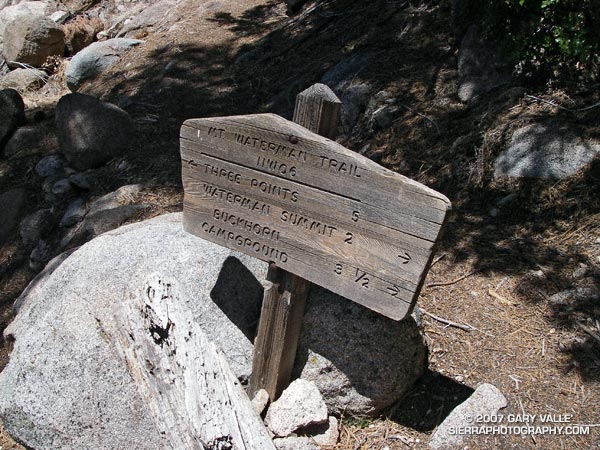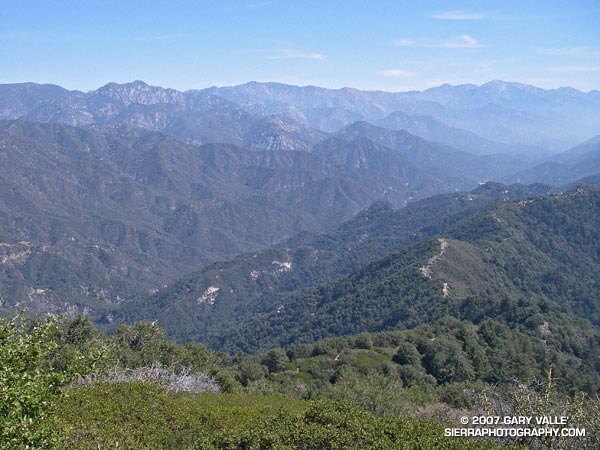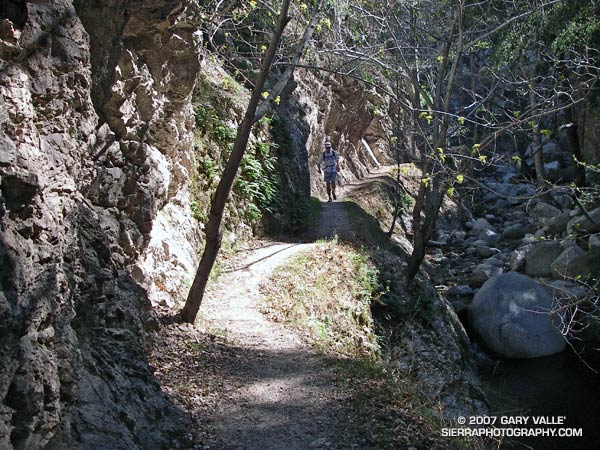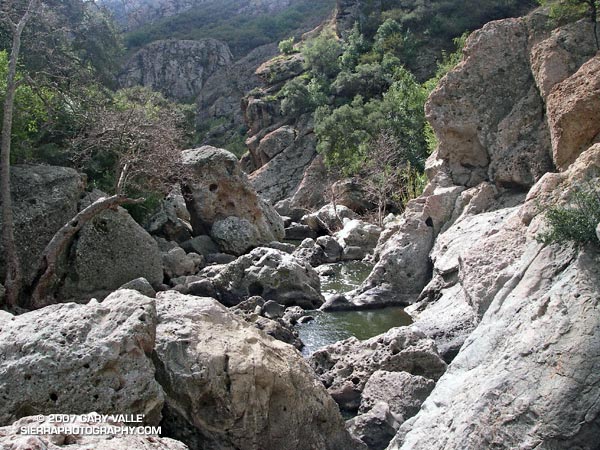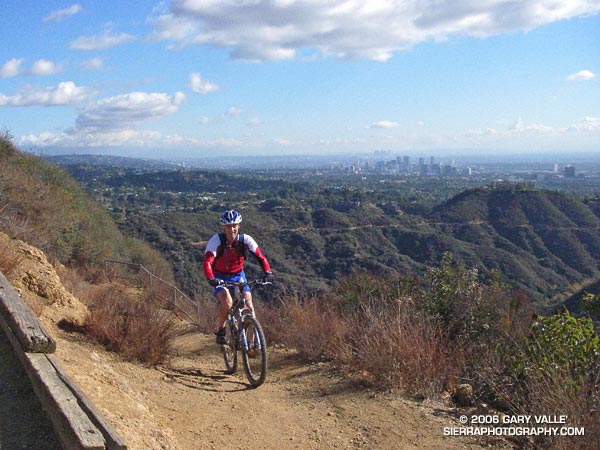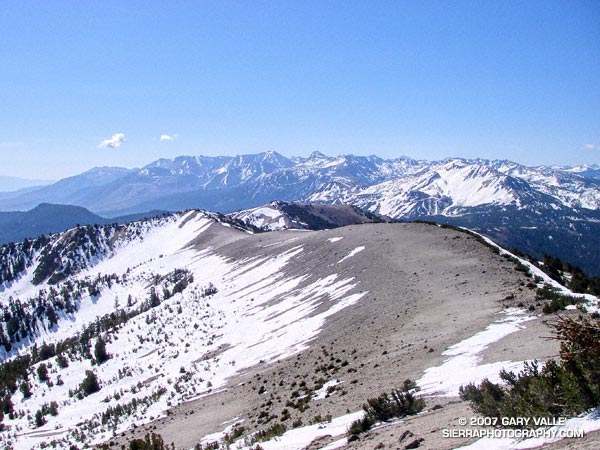
Located near Mammoth Mountain, San Joaquin Ridge extends from Minaret Summit (9265′) north about six miles to San Joaquin Mountain (11,601′). Views from this ridge are legend, with broad vistas that include Mt. Morrison, Red Slate, Mammoth Mountain, the Minarets and Ritter & Banner, Mono Lake, and much more. In good weather it is an awe inspiring locale in which to hike, ski or run.
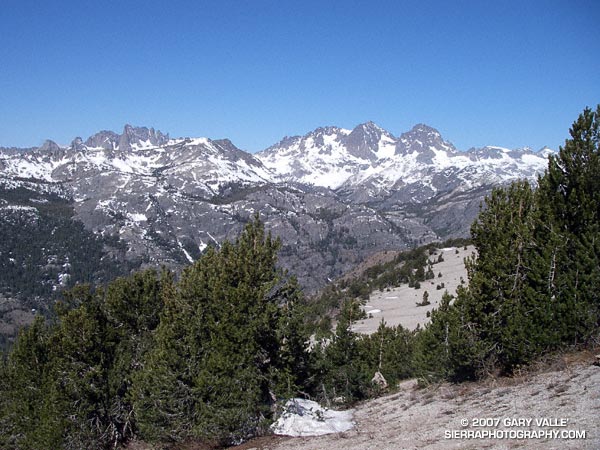
This day, the conditions for running the ridge are ideal. In the wake of a weak weather system, skies are mostly clear, and a cool breeze reduces the heat of the harsh sun, producing a welcome warmth. Winter snow is already receding from the ridge crest, allowing a choice of routes over, or around, remnant drifts and cornices.
Returning from a high point a few miles distant, bounding strides lengthen, and I seem to soar down the ridge, weaving among the stunted pines, glissading across bands of snow, caressing the wind and flying up or down slopes with equal ease. It has become a run that defines the root experience of trail running and the rewards of being in the mountains. There is freedom of motion — and emotion — in every stride.
Ahead of me, a pair of ravens turn and the Sun glistens from back to wing. Individual feathers ruffle as wings are adjusted to increase lift, and turns are tightened. Soon we are soaring high above the Sierra, and all things seem possible.

